If any doubt existed that the Metropolitan Division-leading New York Rangers need reinforcements in several areas, the Carolina Hurricanes put it to rest.
A 6-1 rout of the team they’re chasing in the Metro on Jan. 2 likely only drove home what Blueshirts general manager Chris Drury and coach Peter Laviolette already knew: Their roster will require upgrades between now and the March 8 trade deadline if the club hopes to make a deep postseason run.
No shortcoming is more significant than one that vexes this team annually: Size and grind up front, a fact further exposed by the Hurricanes’ relentless play that shredded a group that came into the matchup at Madison Square Garden 25-9-1.
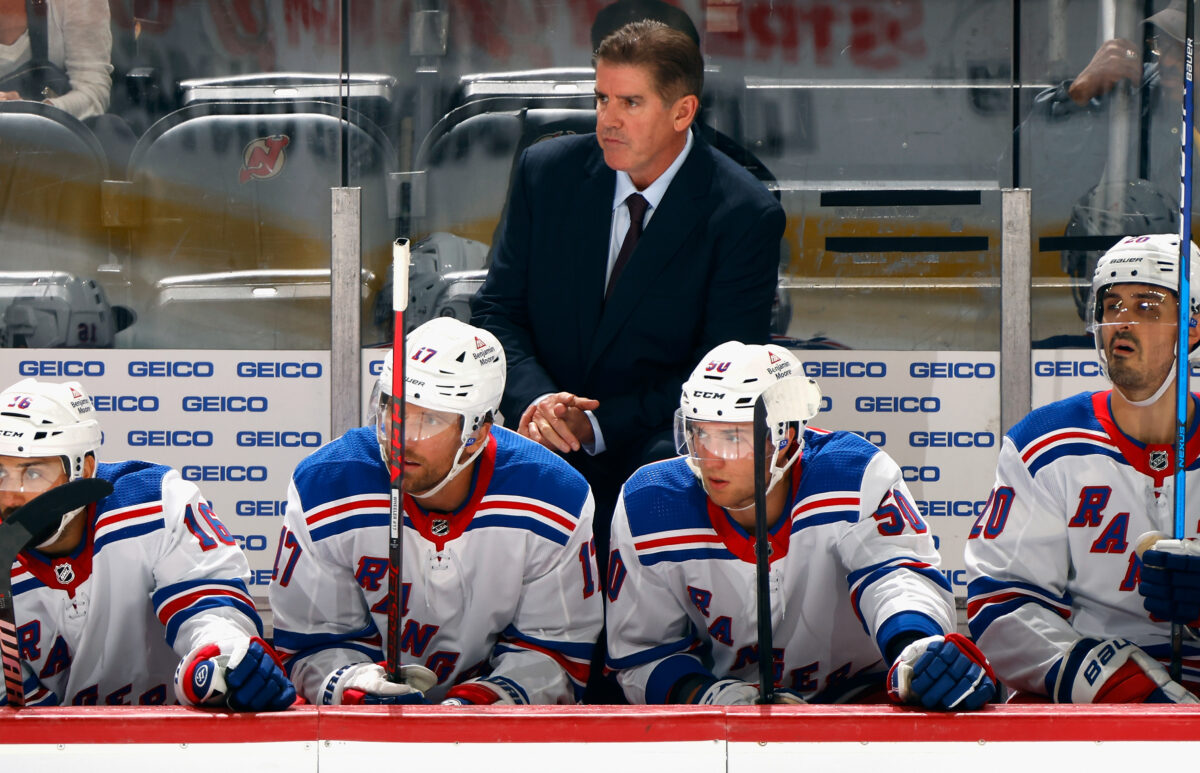
“I think we’re capable of more but again, they’re a good team that plays big and strong and physical, they don’t make a lot of mistakes, and they didn’t,” Laviolette said. “And so we had to take what they gave us, or what we could generate.”
It’s been proven again and again, Stanley Cup Playoffs after Stanley Cup Playoffs: The postseason tournament is different. The play is more intense and physical, the space for elite skill players shrinks (just ask Rangers star Artemi Panarin). Will often trumps skill, the cliche goes.
“I don’t think we got into the interior right in front of their goalie enough last night, that could have been better,” Laviolette said.
The coach is correct. His team has to add some players who can bring that element in a rough-and-tumble playoff series, that can do the dirty work in the offensive zone when the Blueshirts’ high-powered top six inevitably gets neutralized for a period of time.
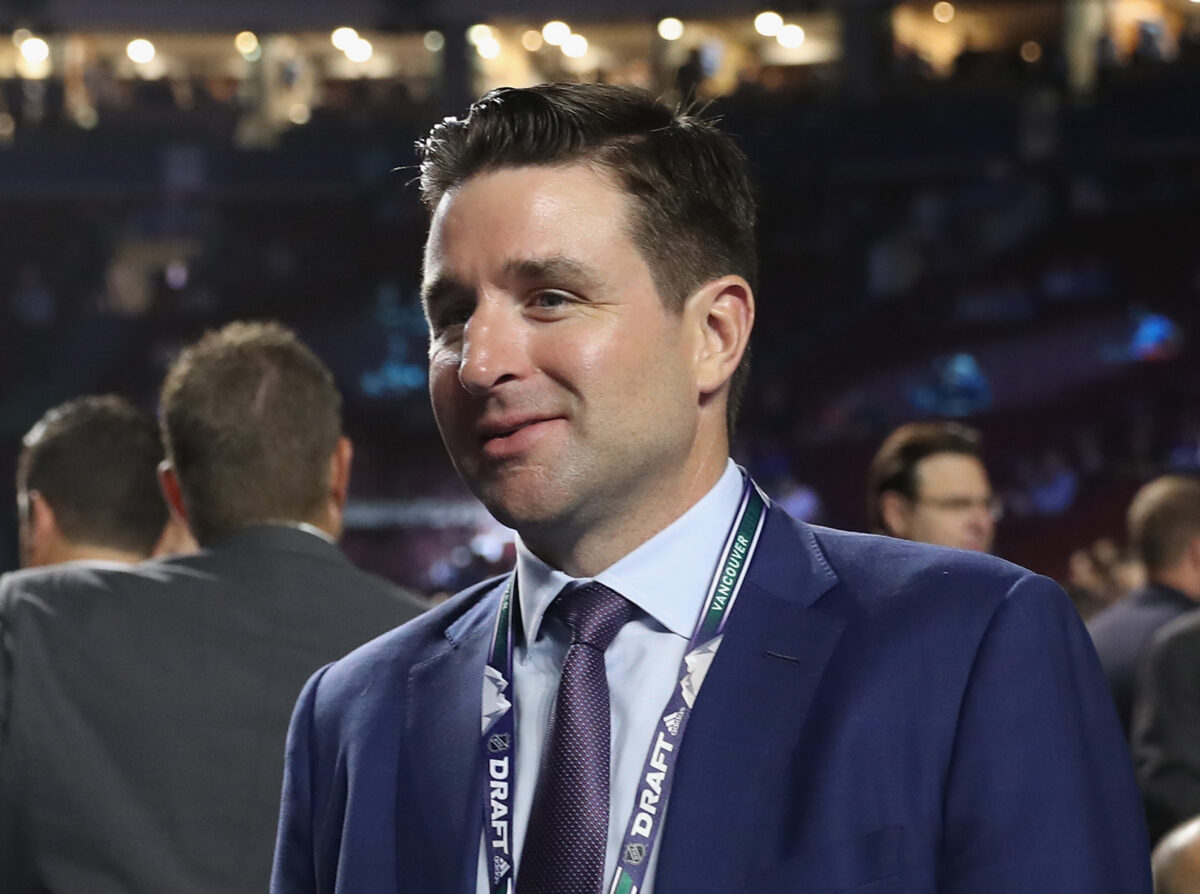
Ignoring the desperate pleading from a not-so-small segment of the fan base to re-acquire a high-scoring but smallish right wing who’s now playing in the Motor City, it’s power the Rangers need up front, not more flash and dash. So without further ado, let’s take a look at the positives and negatives of some potential trade candidates who could provide the jagged edge missing from the roster – all of them pending unrestricted free agents, which has been Drury’s preference for deadline acquisitions the past two years as he contends with the Rangers’ tight salary-cap situation:
Vladimir Tarasenko, Ottawa Senators
Pros: The 6-foot-1, 228-pound right wing badly wanted to stay in New York after last season’s 31-game regular season stint in a Blueshirt, during which Vladimir Tarasenko totaled eight goals and 13 assists and appeared to be an excellent fit on the roster and in the dressing room. The Rangers, of course, didn’t have the salary-cap space to keep him, and the 32-year-old ended up signing a one-year, $5 million contract with the Senators.
Ottawa isn’t going anywhere, sitting last in the Atlantic Division, so it seems certain to sell off veteran parts before the deadline. The Rangers are unsure on what kind of cap space they’ll have come March, with winger Kaapo Kakko and center Filip Chytil on long-term injured reserve, so they don’t know what will be possible when March 8 rolls around. Regardless, there’s a good chance they would need the Senators to retain half of Tarasenko’s cap hit to make a trade work.
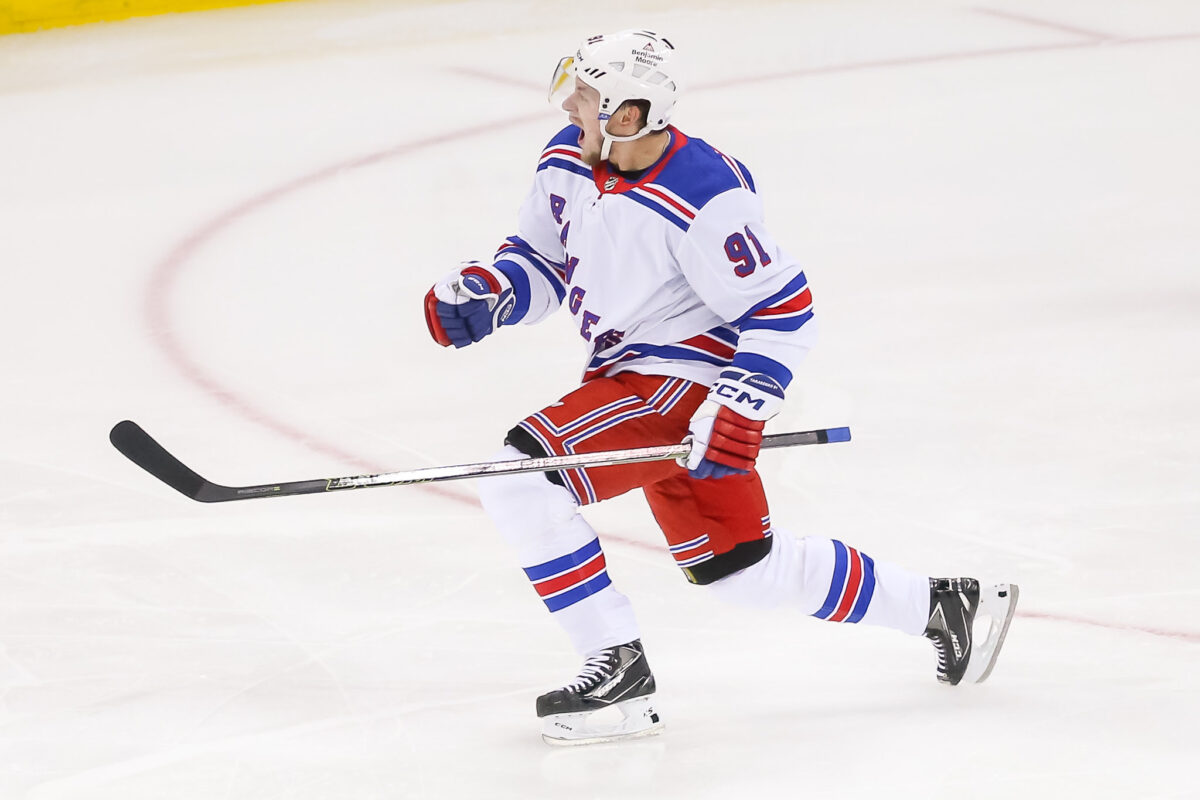
A big body who does his best work below the circles, Tarasenko is a proven playoff performer (44 goals in 97 career postseason contests) who would surely be eager for a return engagement on Broadway, where he would again get to team up with old friend Panarin. Certain to play in the top six, Tarasenko would create bottom-six depth by pushing Blake Wheeler and/or Kakko down.
Cons: As tailor-made as his heavier game is for the playoffs, Tarasenko doesn’t bring the pure physical factor that the Rangers’ top nine is starved for. The Blueshirts need a big forward who hits, works the walls and crashes the net. Tarasenko is a different kind of scorer, but he’s still primarily a scorer, not a grinder.
Related: 3 Centers That the Rangers Can Trade For
Accordingly, Tarasenko should be high demand for teams lacking offense, given his playoff pedigree and expiring contract. The Rangers would love to have Tarasenko back, but as good as he is, he doesn’t fit their needs up front to a T. Does Drury want to sacrifice a high draft pick for the same rental player two years in a row?
Nick Foligno, Chicago Blackhawks
Pros: This acquisition wouldn’t generate nearly the buzz that a Tarasenko one would, but Nick Foligno checks plenty of boxes for the Rangers: Big (6-0, 208 pounds) and physical, Foligno throws the body around (84 hits in 38 games), fights when necessary and has 17 years of experience, including 68 playoff games. He’s also been pleasantly productive this season, with eight goals and nine assists for the last-place, rebuilding Blackhawks since being acquired in last summer’s Taylor Hall trade. He signed a one-year, $4 million contract – another workable financial commitment that could see Chicago retain half of Foligno’s cap hit.
Foligno won the 2016-17 Mark Messier Leadership Award while with the Columbus Blue Jackets, and having another great team guy in the dressing room can only help.
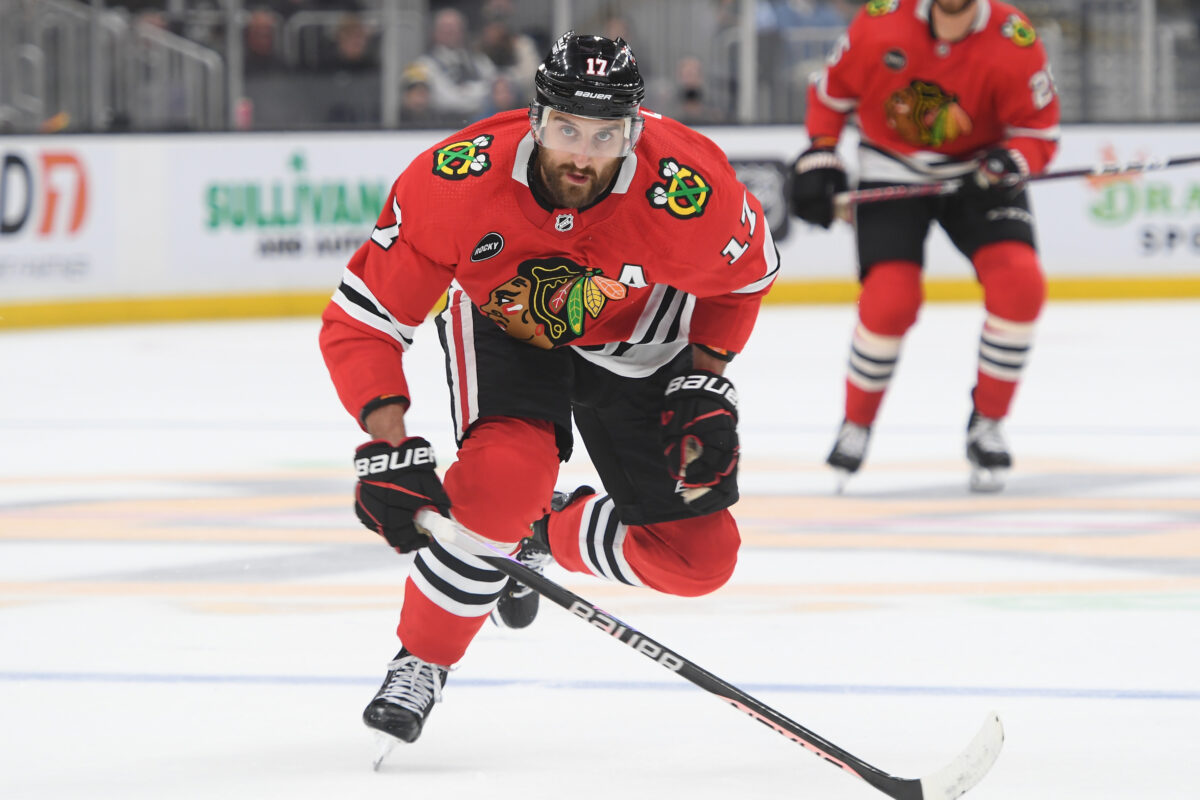
Cons: The 35-year-old Foligno has been impressively durable, playing in every game for the Blackhawks while averaging 17:51 of ice time on the second line, his highest total in four seasons. He’d obviously slot in on the third or fourth line for the Rangers, and his minutes would decrease, but will his current expanded role catch up to him late in the season?
The Rangers would also be adding another “graybeard” to their forward group, with the 37-year-old Wheeler delivering mixed results and at times looking very much like a player whose best days are behind him. Spending up to $4 million in cap/LTIR space as a primary deadline pickup, Drury would have to be sure Foligno could be at his edgy, physical best in the playoffs.
Sammy Blais, St. Louis Blues
Pros: (Howling ensues)
No, Sammy Blais’ 40-game stint with the Rangers over two seasons didn’t go well, to say the least, and his name will always be attached to Drury’s trade of star right wing Pavel Buchnevich to St. Louis due to cap concerns, a transaction that’s likely atop the list of most hated by the current generation of Blueshirts fans.
While Blais didn’t score a goal in a Rangers sweater, his forgettable tenure in New York was due mostly to the serious knee injury incurred on a highly-questionable hit by then-New Jersey Devils defenseman P.K. Subban that ended his 2021-22 season after 14 games. Blais was a shell of himself the next season before he was traded back to the Blues in the deal that brought Tarasenko to Broadway.
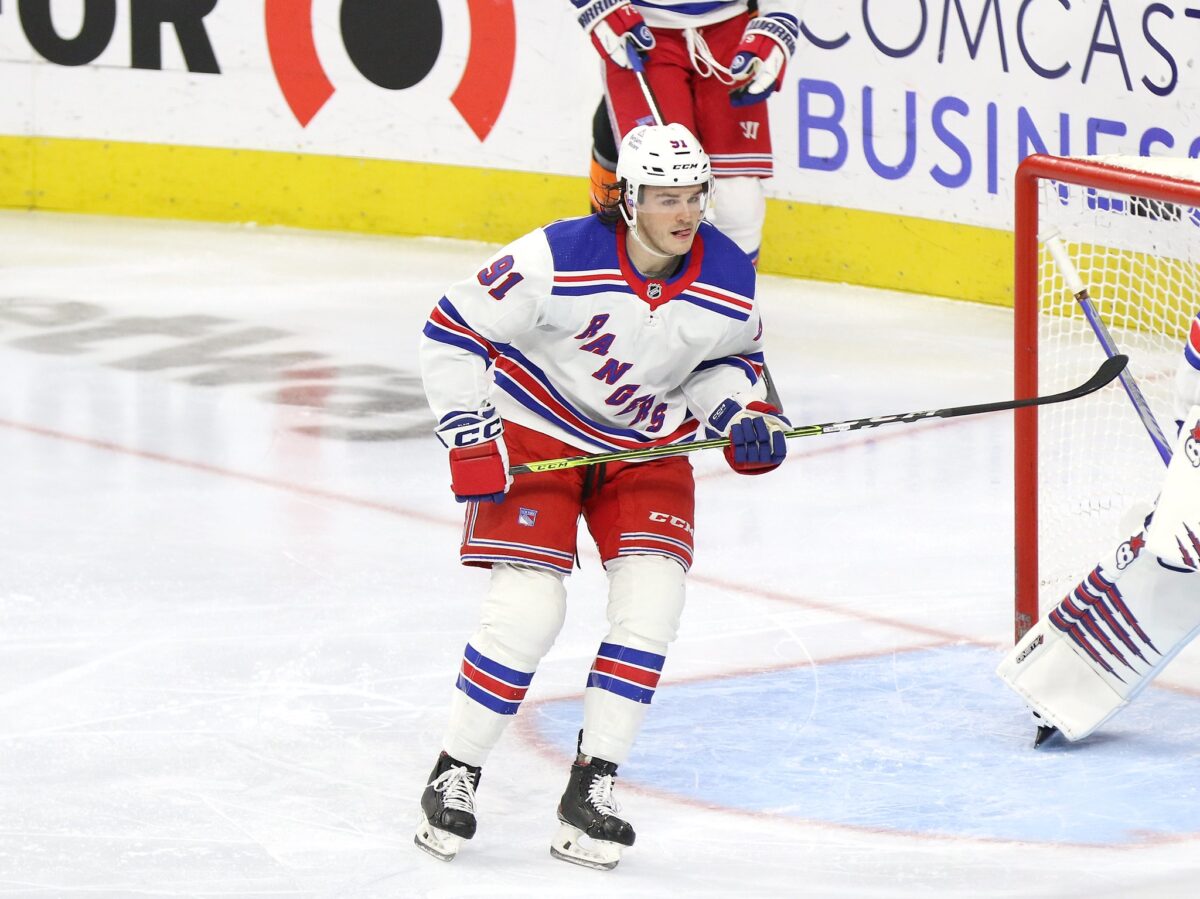
All of that said, Blais in theory is exactly what the Rangers were looking for when he was acquired in the Buchnevich trade: a 6-2, 206-pound power forward whose game is perfectly suited to the playoffs, who piles up hits (88 in 31 games this season, 238 in 71 games in 2022-23) and who can chip in occasional goals from the dirty areas.
The 27-year-old Blais went right back to thriving for the Blues, his original team, after being re-obtained in February 2023, scoring nine goals and adding 11 assists in 31 games. He hasn’t been nearly as productive this season, with one goal and six assists, but with a $1 million cap hit, he’d come cheap – which would leave more space for the Rangers to make other acquisitions. Could Blais, well-liked as a teammate and popular in the room in in his limited Rangers stint, gain some redemption in a second go-round in a Blueshirt?
This theoretical trade would, of course, require the Blues to drop out of playoff contention. They’re currently a point out of the final playoff spot in the West, tied with the Edmonton Oilers.
Cons: Blais’ falloff in production could represent a red flag, and his possession numbers have also taken a dive, with his Corsi for percentage sitting at a career-low 45.0. He was a healthy scratch five times in December, a disturbing development after he appeared to be all the way back from his knee injury with the Blues last season.
There would also be plenty of concern over how Blais would be received by the MSG faithful if he were to struggle, given his connection to the Buchnevich deal. Though that’s obviously unfair, it’s possible that a second tenure with the Rangers could generate plenty of negativity if Blais struggles, and it seems logical that Blais would put plenty of pressure on himself to make it work after how the first go-round turned out. Call this a long-shot, medium-risk, high-reward option.
Pat Maroon, Minnesota Wild
Pros: No one can doubt Pat Maroon’s pedigree as a winning player, with the three-time Stanley Cup champion still able to provide physical play and even some scoring, as he has four goals and 10 assists in 37 games for a Wild team that’s struggling to stay on the edge of the Western Conference playoff race. Should they fall out, Maroon might be a value option for the Rangers, as he’s finishing up a two-year, $2 million contract signed with the Tampa Bay Lightning in February 2022. The Lightning retained 20 percent of the cap hit when they made the trade, meaning the Rangers would only be on the hook for $800,000.
The “Big Rig” remains a handful down low, with his 6-3, 234-pound frame perfectly built for the postseason. He’s scored 23 goals with 28 assists in 150 career playoff games, and he’ll protect teammates and force opponents to contend with his size and power around the net and along the boards. Maroon’s durability is also unquestioned, as he missed only three games from 2021-23 and has played in every game for Minnesota this season.
Cons: There’s question as to whether Maroon is Laviolette’s kind of player, with the coach preaching an up-tempo style in which he prefers quickness and puck movement. That’s not Maroon’s game, as his somewhat plodding pace is the price a team pays for having his often-immovable presence around the opponent’s net.
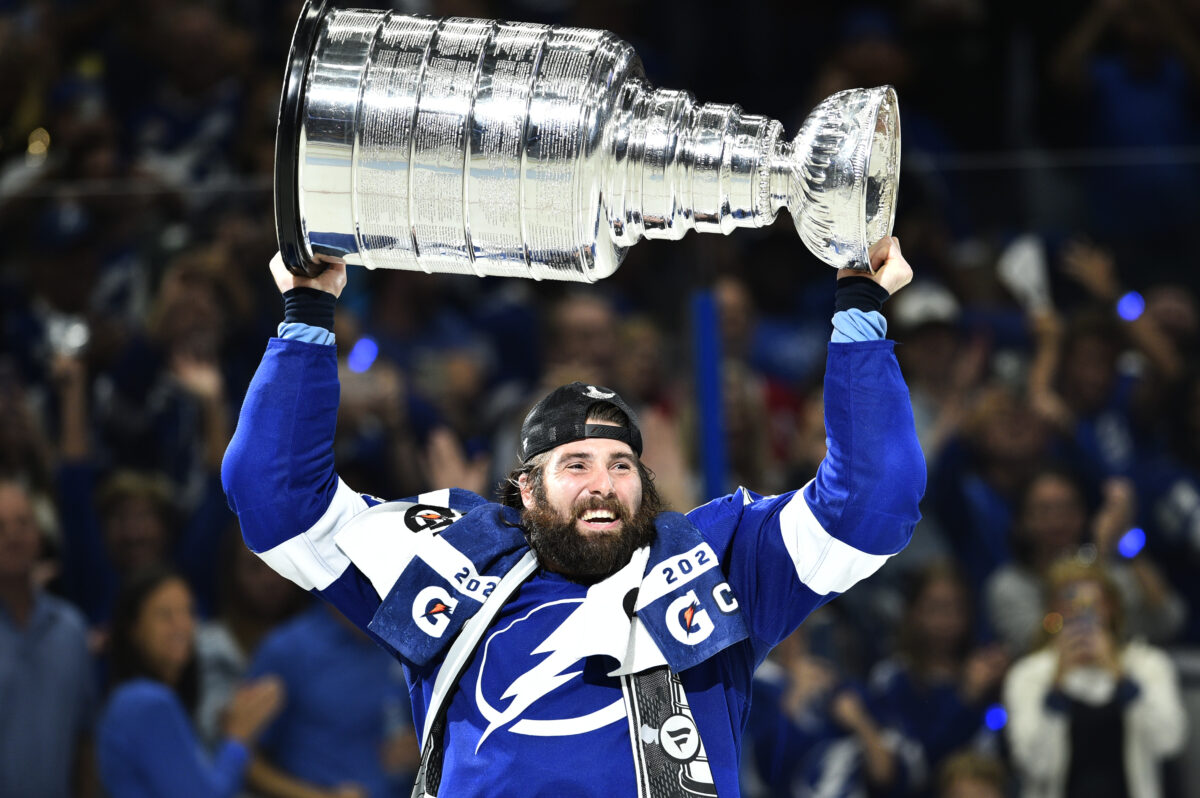
Though his style has allowed him to largely defy the effects of age, the Rangers would be taking a chance on a 35-year-old being fresh enough to be a factor in the postseason. Maroon played 97 playoff games over the previous four seasons. It seems logical that he has to wear down at some point.
Maroon is also known to be a big personality. That’s not necessarily a bad thing; Ryan Reaves’ brash ways were a positive for the Rangers in his season-plus in a Blueshirt, but bringing that in to a championship-contending roster late in the season represents an unknown in regard to how it would affect a strong team chemistry.
Rangers’ Options Should Increase as Teams Fall From Contention
The trade deadline is still two months off, which reduces the urgency for the Rangers to make a move now, and should create more potential trading partners as more teams drop out of their respective playoff races. Nonetheless, Drury is undoubtedly planning for the not-too-distant future and looking at ways to make his club better prepared for the grind of the postseason tournament. Adding size and strength is all but a requirement for this club – and it’s among the easiest elements to add mid-season.
The Stanley Cup champion 1993-94 Rangers moved daringly to muscle up for the battle to come at the deadline that season, gritting their collective teeth and trading away rising young winger Tony Amonte in order to bring in Stephane Matteau and Brian Noonan from the Blackhawks – both of whom played pivotal roles in the team’s charge to the championship.
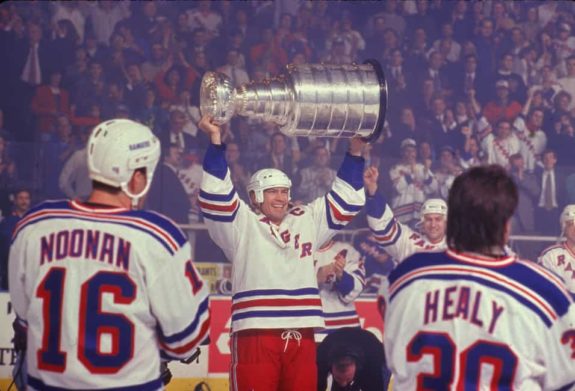
With another highly-regarded young forward, Brennan Othmann, making an impressive NHL debut on Broadway on Jan. 4 – against the Blackhawks, no less – don’t expect him to be going anywhere for rentals at the deadline. NHL teams don’t make trades like that anymore. Still, there’s little doubt that Drury will be under pressure to undergo at least a partial bulking up of his roster, one that echoes the boldness of 1994, as the Rangers chase a Stanley Cup that’s becoming nearly as elusive as the one captured 30 years ago this spring.
